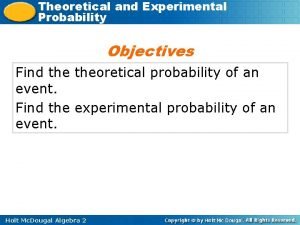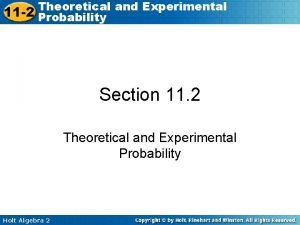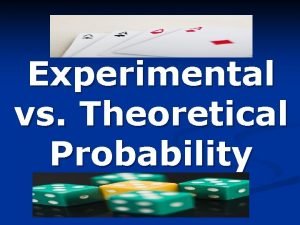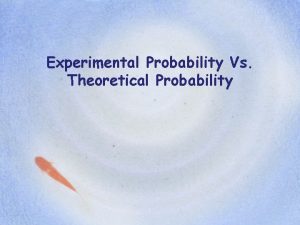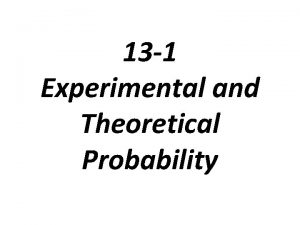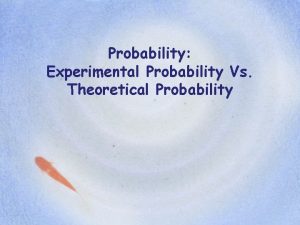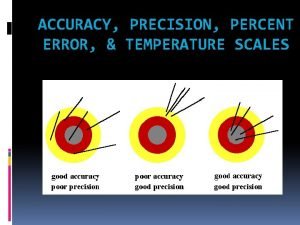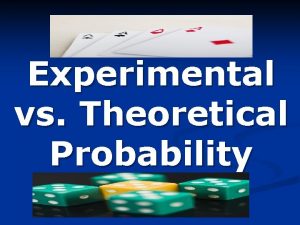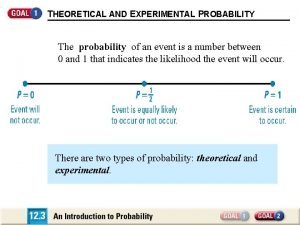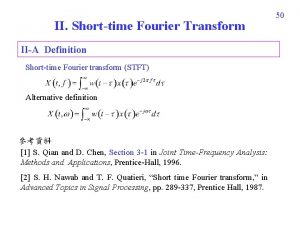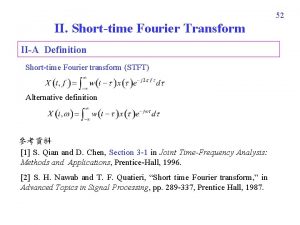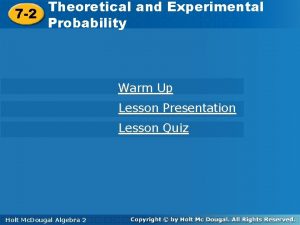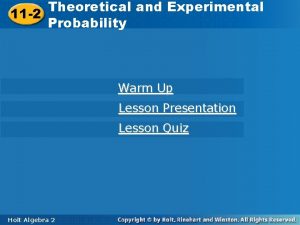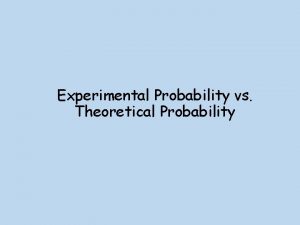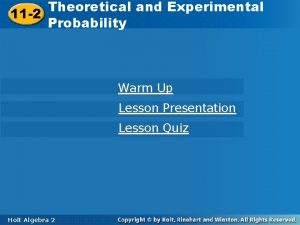A Theoretical and Experimental Investigation on ShortTime Stretch












- Slides: 12

A Theoretical and Experimental Investigation on Short-Time Stretch Relaxation of Entangled Polymer Solutions Y. H. Wen (溫玉合) and C. C. Hua (華繼中) Department of Chemical Engineering, National Chung Cheng University

Introduction n Historical Sketch n n n de Gennes (1971) Doi and Edwards (1986) The tube (or reptation) model and its derivatives have proven very successful, especially in describing the linear viscoelasticity of entangled polymer liquids Linear relaxation

n A Story about Nonlinear Viscoelasticity Chain Retraction (nonlinear relaxation) Orientation Relaxation (linear relaxation) § PS/DEP solution (Mw=5. 5 x 106 g/mol; PI=1. 01; Zeq=77)

n Application of the Rouse chain in two distinct cases Rouse chain Dilute solution n n Concentrated solution Only terminal chain retraction is captured for the case of concentrated systems Objectives of the current investigation: The Rouse Model Prediction on Short-time Chain Retraction Nonlinear Stress Relaxation Data in Single-step Strain Flows § For time scales < § The impact of polymer entanglement ?

Formulation of Stress Relaxation in Single-Step Strain Flows n Nonlinear stress relaxation modulus: : shear stress : tube survival probability : strain : dimensionless chain stretching : plateau modulus : D-E universal function (w/o IA assumption) § The Rouse model where and : No. of Rouse modes : No. of entanglements per chain at equilibrium

n Experimentally Determined Model Parameters PS/TCP solution § Number of entanglements per chain at equilibrium, φ: volume fraction of polymer § The Rouse time,

Theory/Data Comparisons PS/DEP solution

n Self-consistently Renormalized Rouse Modes (a) t = 0 (at equilibrium) Stretching (b) t = 0+ § A different number of § entanglements per chain N is a dynamic variable A Renormalized Rouse model: Retraction (c) t < where

PS/DEP solution

n Theory/Data Comparisons for Various Polymer Species PS/TCP solution 1, 4 -PB/FO solution PαMS/PCB solution PMMA/PCB solution

Conclusions n n n The instantaneous entanglement property has a significant impact on short-time chain retraction of entangled polymer solutions. Self-consistent mode renormalization leads to better agreement with experimental data. Remaining discrepancies might result from (a) Inaccuracy of short-time relaxation data and/or (b) Tube pressure associated with a deformed polymer network

Acknowledgements n National Science Council (93 -2116 -E-194 -001) n Excellency Project of the Ministry of Education of ROC (91 -E-FA 04 -2 -4 A)
 How to find theoretical probability
How to find theoretical probability 11-2 theoretical and experimental probability
11-2 theoretical and experimental probability Theoretical probability definition
Theoretical probability definition Experimental and theoretical probability
Experimental and theoretical probability 13-1 experimental and theoretical probability
13-1 experimental and theoretical probability Theoretical probability questions
Theoretical probability questions Comparing experimental and theoretical probability
Comparing experimental and theoretical probability Temperature conversion formulas
Temperature conversion formulas Experimental vs theoretical probability
Experimental vs theoretical probability Theoretical probability vs experimental probability
Theoretical probability vs experimental probability Experimental vs non experimental
Experimental vs non experimental Cross-sectional correlational design
Cross-sectional correlational design Disadvantages of experimental research
Disadvantages of experimental research
